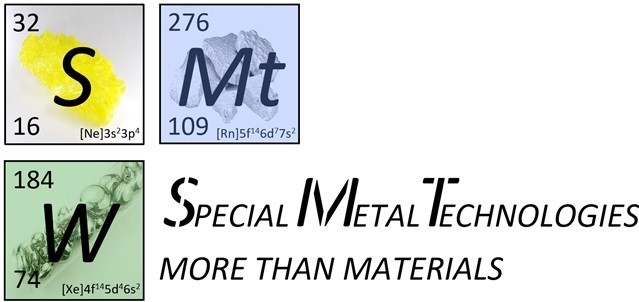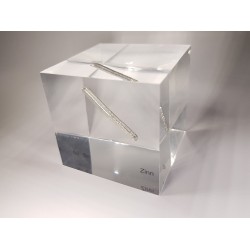- Shop
- Acrylic cubes
-
Elements
- Hydrogen
- Helium
- Lithium
- Beryllium
- Boron
- Carbon
- Nitrogen
- Oxygen
- Fluorine
- Neon
- Sodium
- Magnesium
- Aluminium
- Silicon
- Phosphorus
- Sulfur
- Chlorine
- Argon
- Potassium
- Calcium
- Scandium
- Titanium
- Vanadium
- Chromium
- Manganese
- Iron
- Cobalt
- Nickel
- Copper
- Zinc
- Gallium
- Germanium
- Arsenic
- Selenium
- Bromine
- Krypton
- Rubidium
- Strontium
- Yttrium
- Zirconium
- Niobium
- Molybdenum
- Technetium
- Ruthenium
- Rhodium
- Palladium
- Silver
- Cadmium
- Indium
- Tin
- Antimony
- Tellurium
- Iodine
- Xenon
- Cesium
- Barium
- Lanthanum
- Cerium
- Praseodymium
- Neodymium
- Promethium
- Samarium
- Europium
- Gadolinium
- Terbium
- Dysprosium
- Holmium
- Erbium
- Thulium
- Ytterbium
- Lutetium
- Hafnium
- Tantalum
- Tungsten
- Rhenium
- Osmium
- Iridium
- Platinum
- Gold
- Mercury
- Thallium
- Lead
- Bismuth
- Polonium
- Astatine
- Radon
- Francium
- Radium
- Actinium
- Thorium
- Protactinium
- Uranium
- Neptunium
- Plutonium
- Americium
- Curium
- Berkelium
- Californium
- Einsteinium
- Fermium
- Mendelewium
- Nobelium
- Lawrencium
- Rutherfordium
- Dubnium
- Seaborgium
- Bohrium
- Hassium
- Meitnerium
- Darmstadtium
- Roentgenium
- Copernicium
- Nihonium
- Flerovium
- Moscovium
- Livermorium
- Tennessine
- Oganesson
- Buch
- References
- Periodic Tables
- Metalle Wimmer
- Metametals
Tin
Tin, with the chemical symbol Sn and atomic number 50, has a rich history dating back to ancient times. It was first utilized by humans in the fourth millennium BCE and was one of the first metals processed by mankind. The discovery of pure tin is credited to the German alchemist Andreas Libavius in 1597.
On Earth, tin is primarily found in cassiterite or tin ore, but it is relatively rare compared to other elements, constituting about two parts per million of the Earth's crust. Tin is often found in association with other metals such as lead or copper.
Tin is used in various exciting applications. Traditionally, it is known for its use in tin alloys, especially tin-lead alloys, used for soldering purposes. In the food packaging industry, tin coatings are applied to steel cans to prevent corrosion.
In the future, new applications for tin may emerge. Research and development are focused on utilizing tin in advanced battery technologies, particularly in tin-based anodes for lithium-ion batteries. These applications could play a crucial role in energy storage and electromobility, offering higher energy density and performance.
There is 1 product.
Active filters

